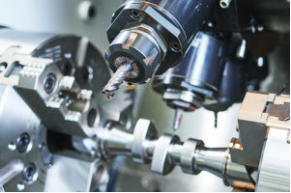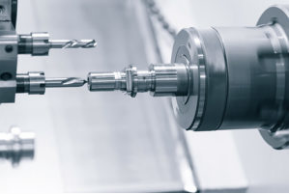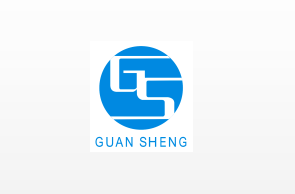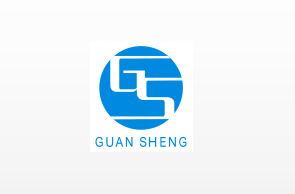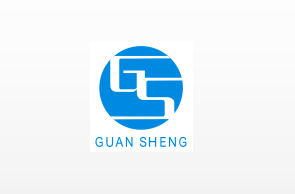Hotest Articles
Taking a machined part out of the CNC machine doesn’t always mean that it’s finished and ready to go. Although some parts — early-stage prototypes, for example — can go straight to their end use, many other parts require a surface finishing procedure to improve their appearance or performance.
There are several different surface finishing options available for CNC machining, from anodizing to bead blasting, and the benefits of finishing a machined part can be significant. Beyond dramatic aesthetic improvements, surface finishing can increase a part’s smoothness, corrosion resistance, hardness and more.
When you’ve taken your machining project this far, why not perfect it with the most suitable surface finish?
Understandably, choosing the right surface finishing procedure isn’t always a straightforward choice — especially for those making their first forays into CNC machining. With so many material options out there for the subtractive manufacturing process, adding surface finishing to the equation appears to make things even more complicated.
Fortunately, GUAN SHENG is on hand to guide you through the machining and surface finishing journey.
Anodization
Materials:
Aluminum
Advantages:
Appearance
Corrosion resistance
Wear resistance
Heat dissipation
Potential for coloring
Used for:
Aircraft parts
Automotive parts
Consumer electronics
Medical components
Architectural features
GUAN SHENG offers Type II and Type III anodization for machined parts, giving customers the ability to add an aesthetic and performance-enhancing finish to aluminum components.
Anodization is a passivation process that thickens the oxidized outer layer of a metal part. The process can dramatically increase a part’s corrosion and wear resistance, in addition to improving heat dissipation and making the part easier to color. (The oxidized layer is porous, which allows paints and dyes to seep through.)
Anodized parts are frequently used in the consumer electronics industry, where the smooth and sleek appearance of anodized metal is highly desirable.
Type II anodization may be preferable for increased corrosion resistance, while Type III anodization emphasizes wear resistance.
Bead blasting
Materials:
Most plastics
Most metals
Advantages:
Appearance
Affordability
Material versatility
Roughness can be adjusted as desired
Used for:
Household items
Signage
Automotive parts
One of the most effective ways to alter the surface of a machined part is the finishing process of bead blasting, which is a variant of sandblasting.
In the bead blasting process, glass beads are forced onto the surface of a part at high pressure, smoothing the rough surface and giving it a matte texture.
Although bead blasting can be used on functional and mechanical parts, its purpose is primarily aesthetic, giving a luxurious appearance to otherwise unremarkable components.
The beads themselves can occasionally be made of other materials.
Powder coating
Materials:
Most metals
Advantages:
Hardness
Corrosion resistance
Wear resistance
Potential for coloring
Used for:
Automotive parts
Bicycle parts
Architecture
Household appliances
Powder coating is a surface finishing option for CNC machined parts that involves spraying powdered paint onto the part. Once the part has been fully covered in the dry paint, it is baked in an oven, after which the surface will be highly durable.
Advantages of powder coating include corrosion resistance and wear resistance, while the process also allows for a range of color options.
Tougher than regular paint, powder coats are favored for items like bicycles, car parts and household appliances.
As machined
Materials:
All
Advantages:
Cost
Tightest tolerances
Used for:
Prototypes
Fasteners
Functional parts
Surface finishing procedures can be incredibly useful, but some machined parts are best left alone. As-machined parts are cheaper, since the finishing stage is skipped altogether, and are also dimensionally closer to the original part specifications.
However, as-machined parts often have visible marks from the CNC machine’s cutting tools, which may not be acceptable for end-use parts.
Coloring
Materials:
Most metals
Most plastics
Advantages:
Appearance
Used for:
Demonstration prototypes
Consumer products
Both anodization and powder coating allow for the effective coloring of CNC machined parts, which can be particularly useful for consumer products that demand a high aesthetic standard.
Contact GUAN SHENG for further coloring options beyond anodization and powder coating, and for a professional color matching service.

